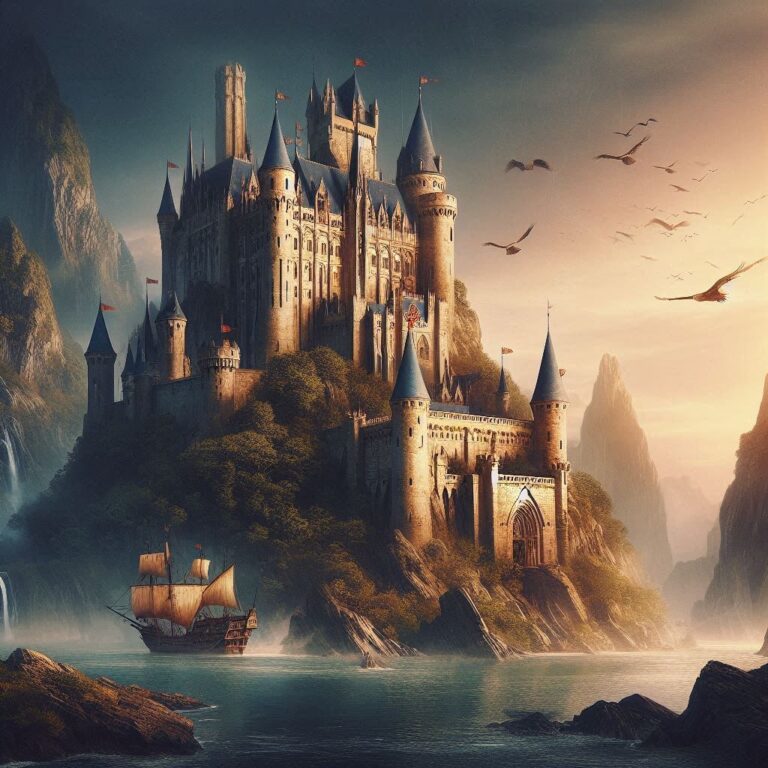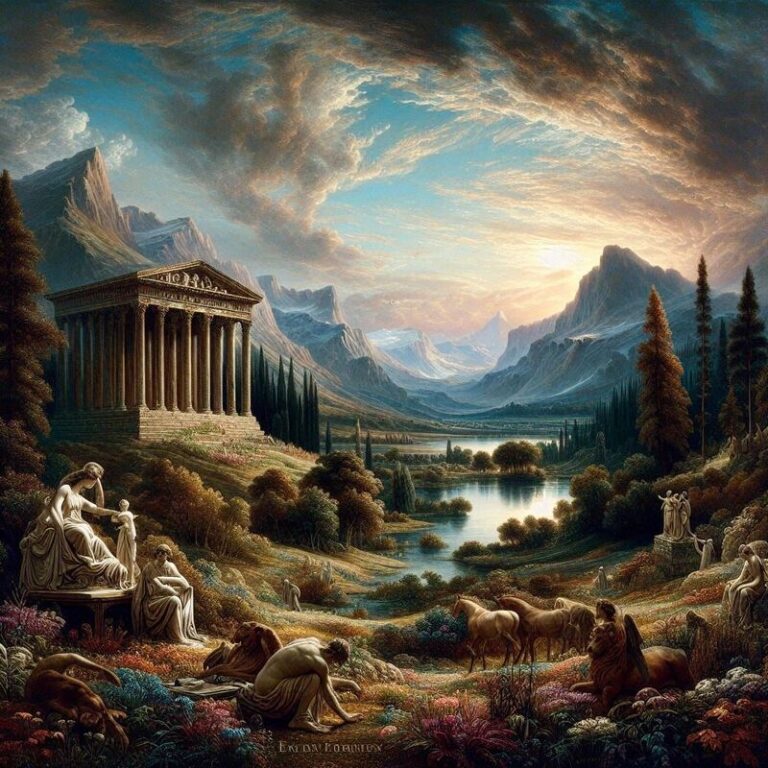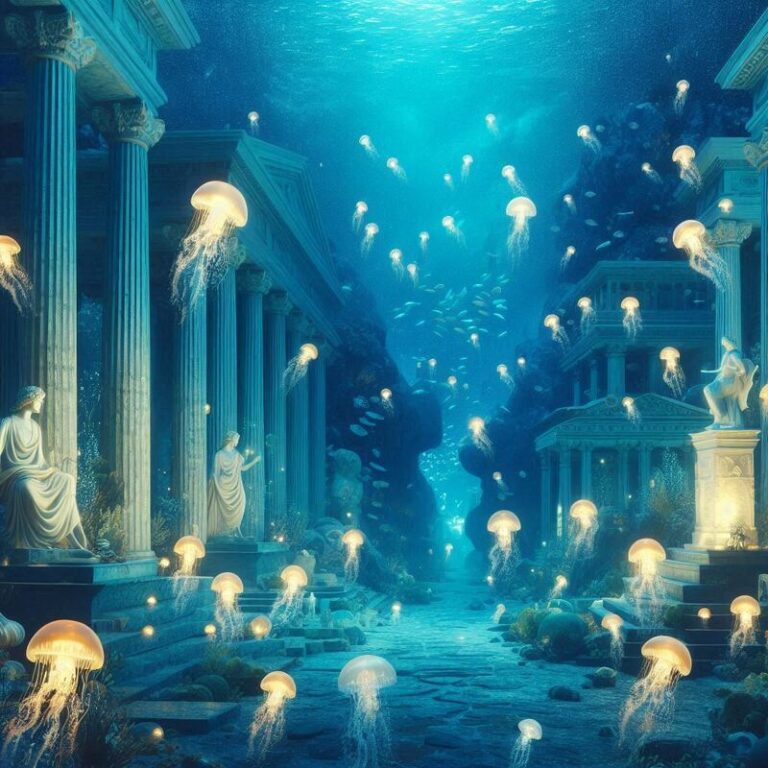Avalon The Legendary Land of Heroes
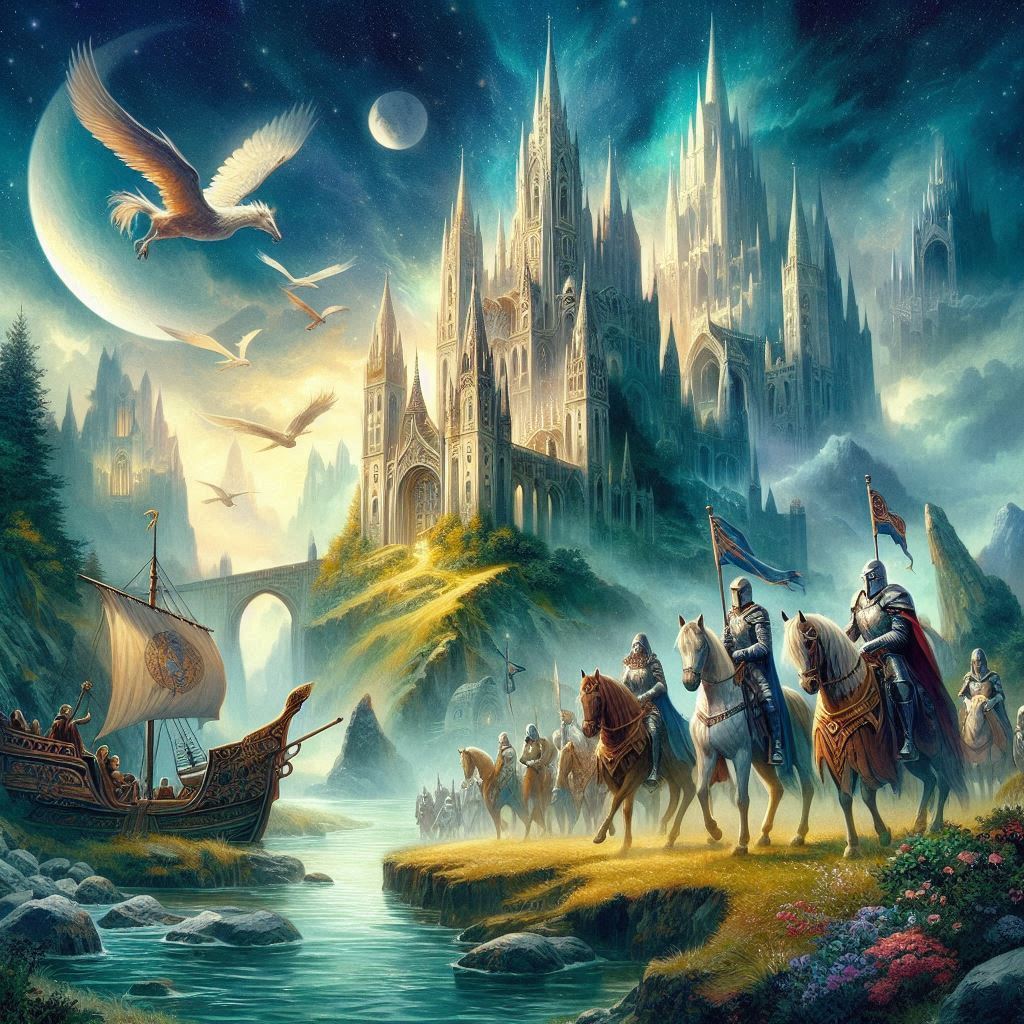
Avalon The Legendary Land of Heroes
Mysteries of Avalon: The Legendary Land of Heroes
The name Avalon conjures images of a mystical island shrouded in legend and enigma, a place where the lines between history and myth blur into a single, captivating narrative. Deeply woven into the fabric of Arthurian lore, Avalon is often depicted as a paradise, a place of healing and tranquility, and a sanctuary for heroes. To understand Avalon is to delve into the rich tapestry of medieval legends, where chivalry, magic, and the quest for enlightenment are interwoven with the stories of King Arthur and his Knights of the Round Table. Avalon The Legendary Land of Heroes
The Origins of Avalon
The earliest mentions of Avalon can be traced back to Geoffrey of Monmouth’s Historia Regum Britanniae (History of the Kings of Britain), written around 1136. Geoffrey’s work is a chronicle of the lives of the kings of Britain and is one of the seminal texts in the development of the Arthurian legends. In this work, Avalon is introduced as the place where King Arthur is taken after being mortally wounded in the Battle of Camlann. Here, he is healed by the sorceress Morgan le Fay and other mystical figures, suggesting Avalon’s role as a place of miraculous recovery. Avalon The Legendary Land of Heroes
The name “Avalon” itself is thought to be derived from the Welsh word Afal, meaning “apple.” This connection evokes the image of the island as an Eden-like paradise, abundant with apple trees, symbolizing eternal life and knowledge. This etymological root underscores the island’s portrayal as a utopia where the sorrows of the mortal world do not intrude.
Avalon in Arthurian Legend
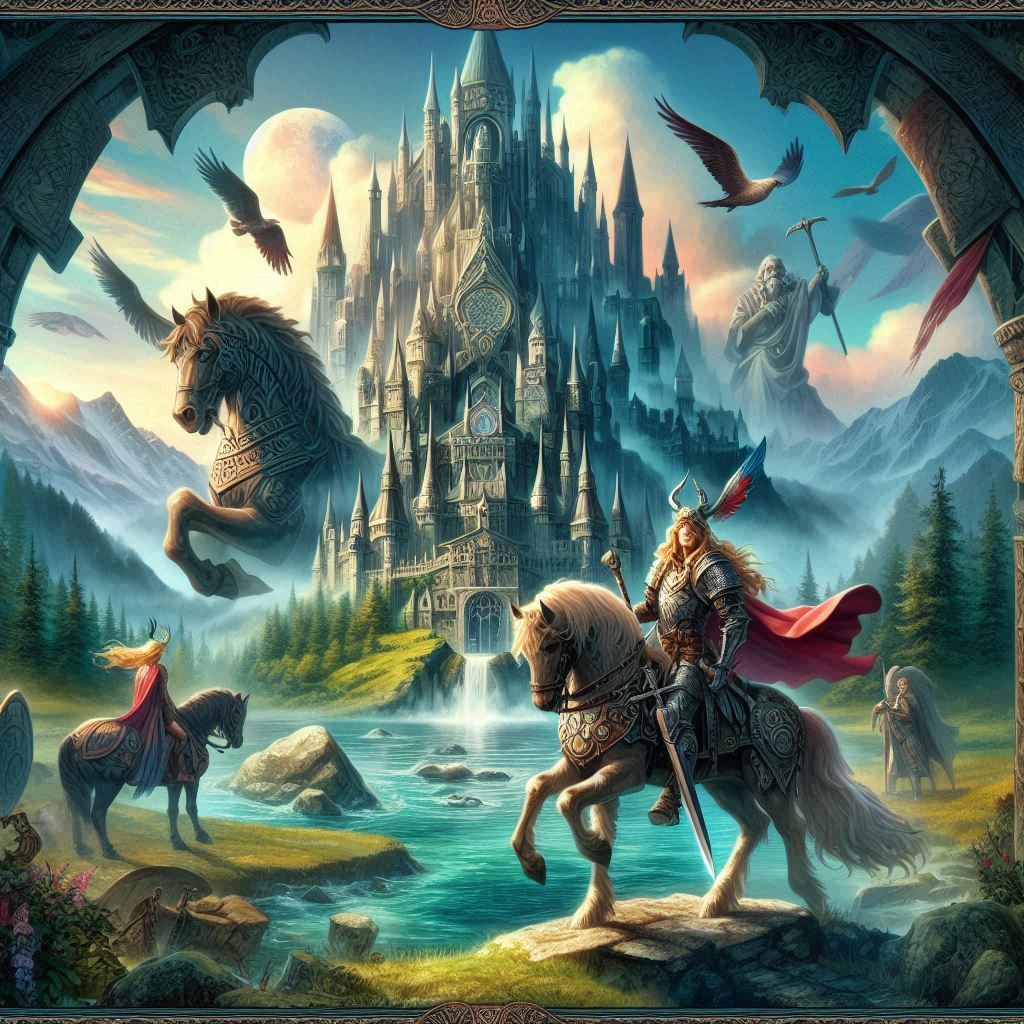
Avalon The Legendary Land of Heroes
In the broader context of Arthurian legend, Avalon is more than just a geographical location; it is a symbol of hope, renewal, and the eternal nature of the Arthurian ideals. According to legend, after his final battle, King Arthur is taken to Avalon to heal, with the promise that he will one day return to lead his people in their hour of greatest need. This aspect of the myth positions Avalon as a liminal space, a threshold between life and death, reality and myth, mortal and immortal.
The association with healing and immortality in Avalon is further enhanced by the presence of the Holy Grail, which some versions of the legend suggest was brought to Avalon for safekeeping. The Grail, a symbol of divine grace and enlightenment, complements the island’s portrayal as a place where the spiritual and the earthly realms intersect.
The Mystical Inhabitants of Avalon
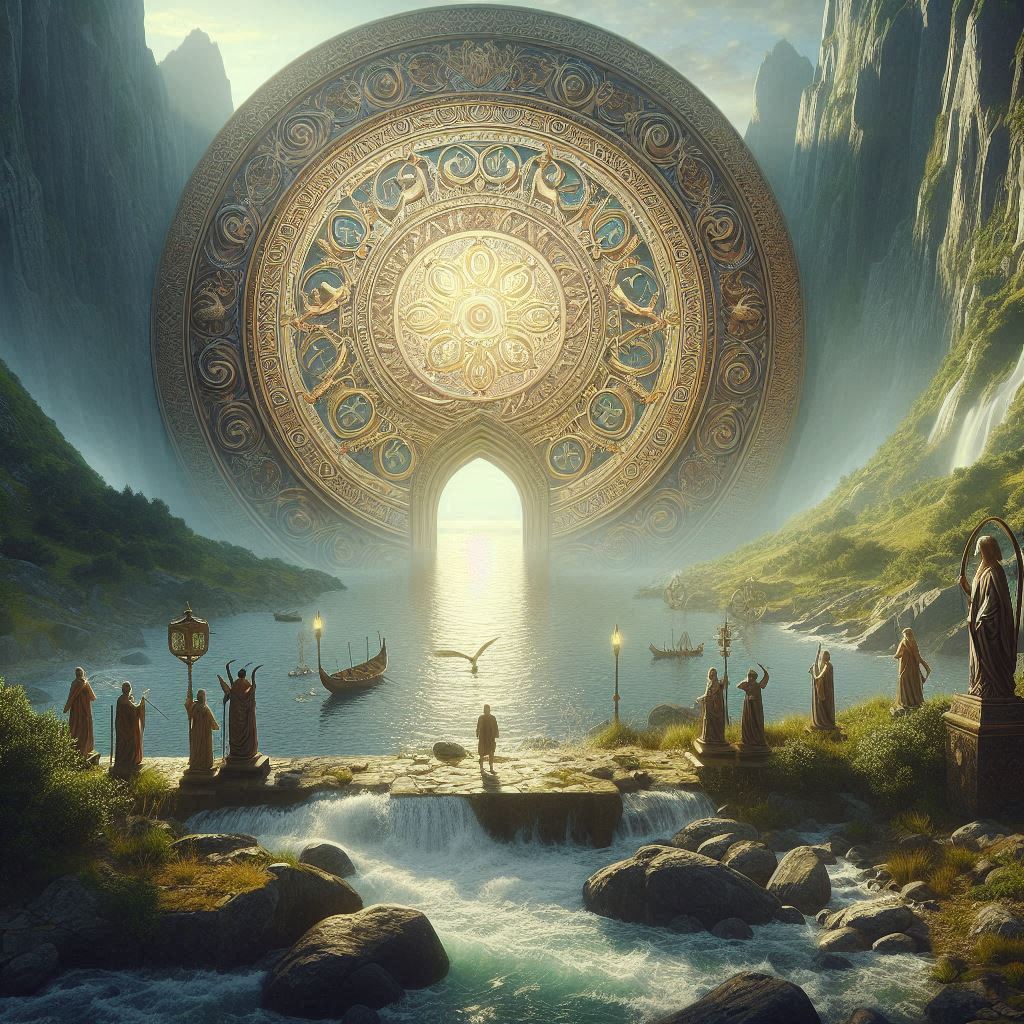
The enchantment of Avalon is magnified by its inhabitants, particularly the sorceress Morgan le Fay and her companions. Morgan, often depicted as a powerful enchantress, is a central figure in the Arthurian legends and embodies the mysterious and magical qualities of Avalon. In Geoffrey of Monmouth’s account, Morgan is a healer with profound knowledge of herbs and potions, aligning her with the island’s curative properties. Avalon The Legendary Land of Heroes
In later tales, such as those of Thomas Malory and the French romances, Morgan le Fay’s character evolves, reflecting the changing attitudes towards magic and power in medieval society. She is portrayed variably as a benevolent figure, a scheming antagonist, and an ambiguous character whose true intentions are often shrouded in mystery. Despite these differing portrayals, her connection to Avalon remains steadfast, emphasizing the island’s role as a place of both healing and powerful, unfathomable magic.
Avalon’s Symbolism and Cultural Impact
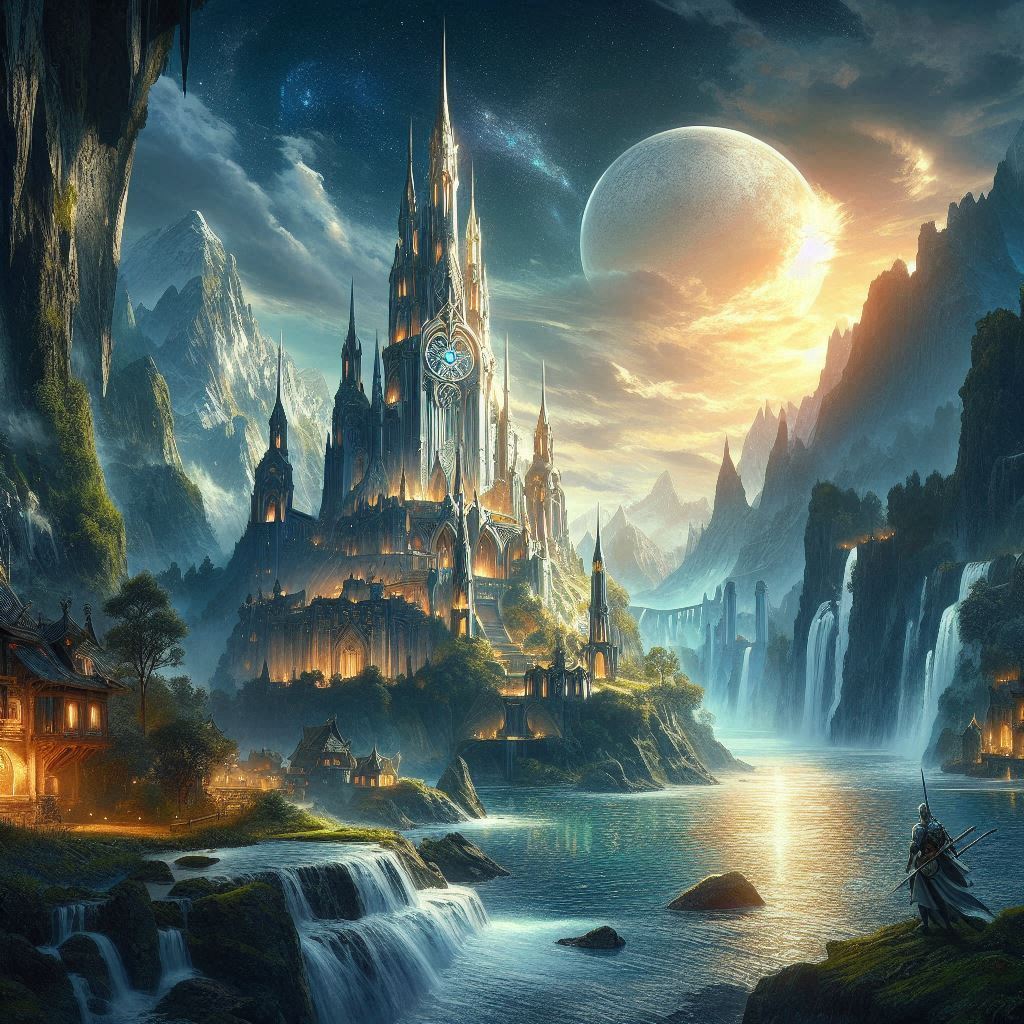
Avalon’s enduring allure lies in its rich symbolism. It represents an idealized world where peace, harmony, and eternal life prevail. This makes it a powerful metaphor for utopian aspirations and the human desire to transcend the limitations of our mortal existence. The idea that heroes such as King Arthur could find solace and rejuvenation in Avalon offers a timeless message of hope and renewal. Avalon The Legendary Land of Heroes
The island’s significance extends beyond literature into various cultural and artistic expressions. From the Pre-Raphaelite paintings of the 19th century to contemporary films and novels, Avalon continues to inspire and captivate. Its imagery can be found in works like Tennyson’s Idylls of the King, where the poetic descriptions of Avalon evoke a sense of wonder and reverence. In modern fantasy literature, Avalon often appears as a place of magical power and ancient wisdom, reflecting its deep roots in the collective imagination.
Avalon and Modern Interpretations
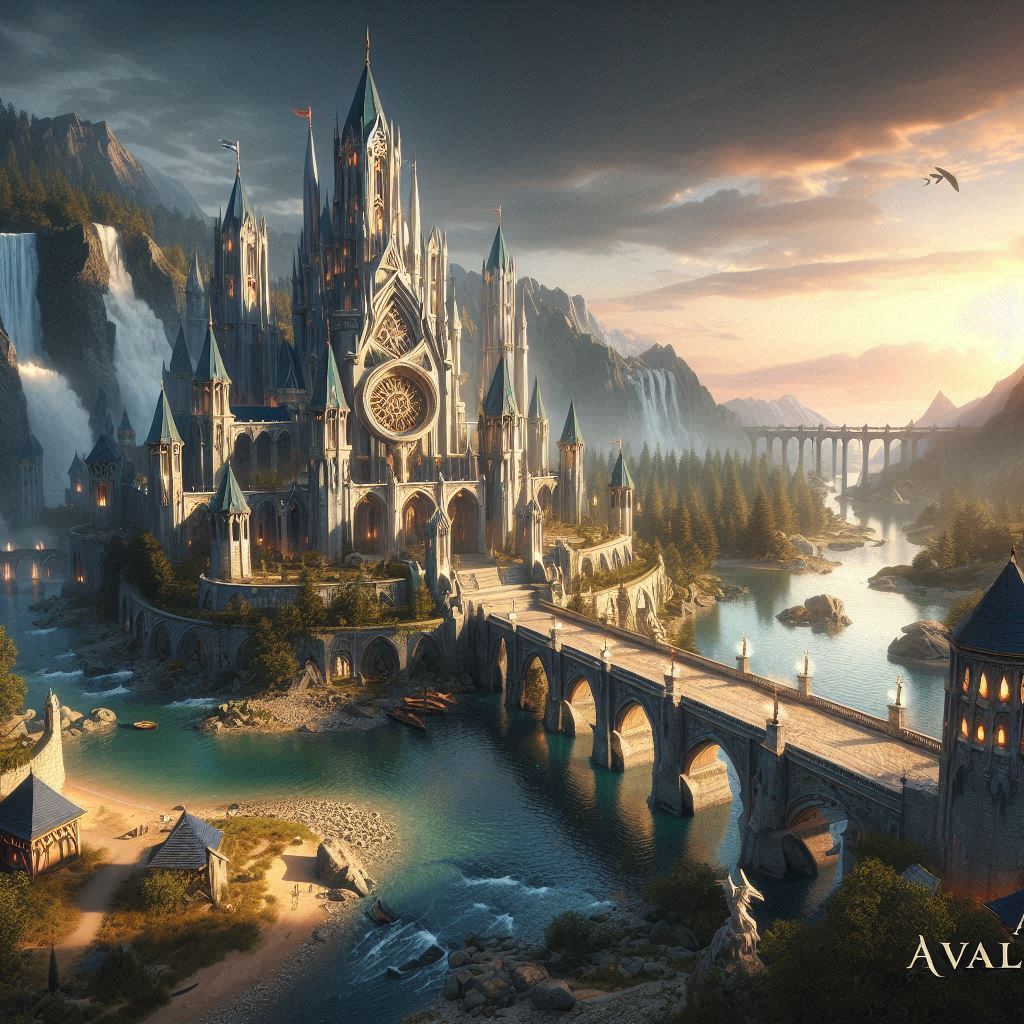
Avalon The Legendary Land of Heroes
In contemporary times, Avalon has been reinterpreted through various lenses, reflecting the changing perspectives on mythology and its relevance to modern life. Some view Avalon as a symbol of environmental paradise, a reminder of humanity’s connection to nature and the need to preserve it. Others interpret Avalon as a psychological or spiritual archetype, representing the inner journey towards wholeness and self-discovery.
The feminist reinterpretations of Avalon have also brought to light its significance as a space of female power and wisdom. Morgan le Fay and the other women of Avalon are often seen as symbols of ancient, matriarchal knowledge that has been marginalized in patriarchal societies. These modern readings highlight the island’s role as a sanctuary for marginalized voices and a source of empowerment and inspiration.
Avalon The Legendary Land of Heroes
The Quest for Avalon
Despite its mythical nature, the quest for Avalon has inspired real-world searches for its geographical counterpart. Some scholars and enthusiasts have suggested that Avalon could be identified with the Isle of Glastonbury in Somerset, England. Glastonbury’s rich history and its association with early Christian legends have led to speculation that it might have been the inspiration for Avalon. The discovery of a grave, purported to be that of King Arthur and Queen Guinevere, at Glastonbury Abbey in the 12th century fueled these speculations, though it remains a topic of debate among historians. Avalon The Legendary Land of Heroes
The allure of Avalon lies not just in its potential physical location but in what it represents: a place where the earthly and the divine meet, where heroes find rest, and where the promise of a better world remains ever alive. The enduring fascination with Avalon underscores the power of myth to capture the imagination and to offer a vision of transcendent beauty and eternal hope. Avalon The Legendary Land of Heroes
Conclusion
Avalon, the legendary land of heroes, continues to enchant and inspire with its blend of myth, magic, and symbolism. From its origins in medieval literature to its modern reinterpretations, Avalon represents the timeless quest for a world where peace, healing, and harmony reign. It is a testament to the enduring power of myth to speak to the deepest desires of the human spirit, offering a glimpse of a paradise where the heroic and the divine converge. Whether as a historical mystery or a symbolic utopia, Avalon remains a beacon of hope and an enduring source of wonder in the tapestry of human culture.
